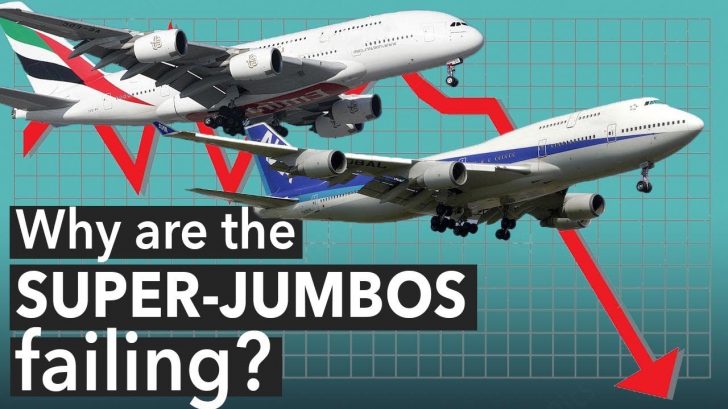In the near future, the world might be running on heat from nuclear fusion reactions, about a trillion sensors will be connected to the internet, and driverless cars will ply its roads to disrupt the way we think about transportation. But its commercial airplanes will probably remain as the lumbering flying machines that they are today.
There have been serious efforts to resurrect the Supersonic Flight, which was embodied by the turbojet-powered passenger plane Concorde for 27 years.
The Concorde supersonic flight exceeded the speed of sound and could fly across the Atlantic in an unbelievable 3.5 hours, but the exorbitant maintenance costs – pegged at a staggering $1.7 Billion – and its grave effects on the ozone layer spelled its downfall. The Air France Flight 4590’s crash in 2000, which killed everyone aboard, seemed to be the nail in the coffin.
Several airline companies’ have renewed interest in resolving Concorde’s weaknesses and in improving it from an engineering perspective, but will its revival foretell the doom of Jumbo Jets?
The answer, no. But the irony is, Jumbo Jets such as the iconic Boeing 747 and the Airbus a380 are slowly disappearing from the airlines around the world.
In this video, you will learn about the problems that these Jumbojet manufacturers sought to resolve, and why the solutions they came up with more than 50 years ago have a hard time catching up with the air transportation demands of the present.
Then you will be asking yourself some questions: Instead of advancing forward, are we going backward in our flight policies and technologies? Would incessant downsizing and cost reduction be the trend going forward?

